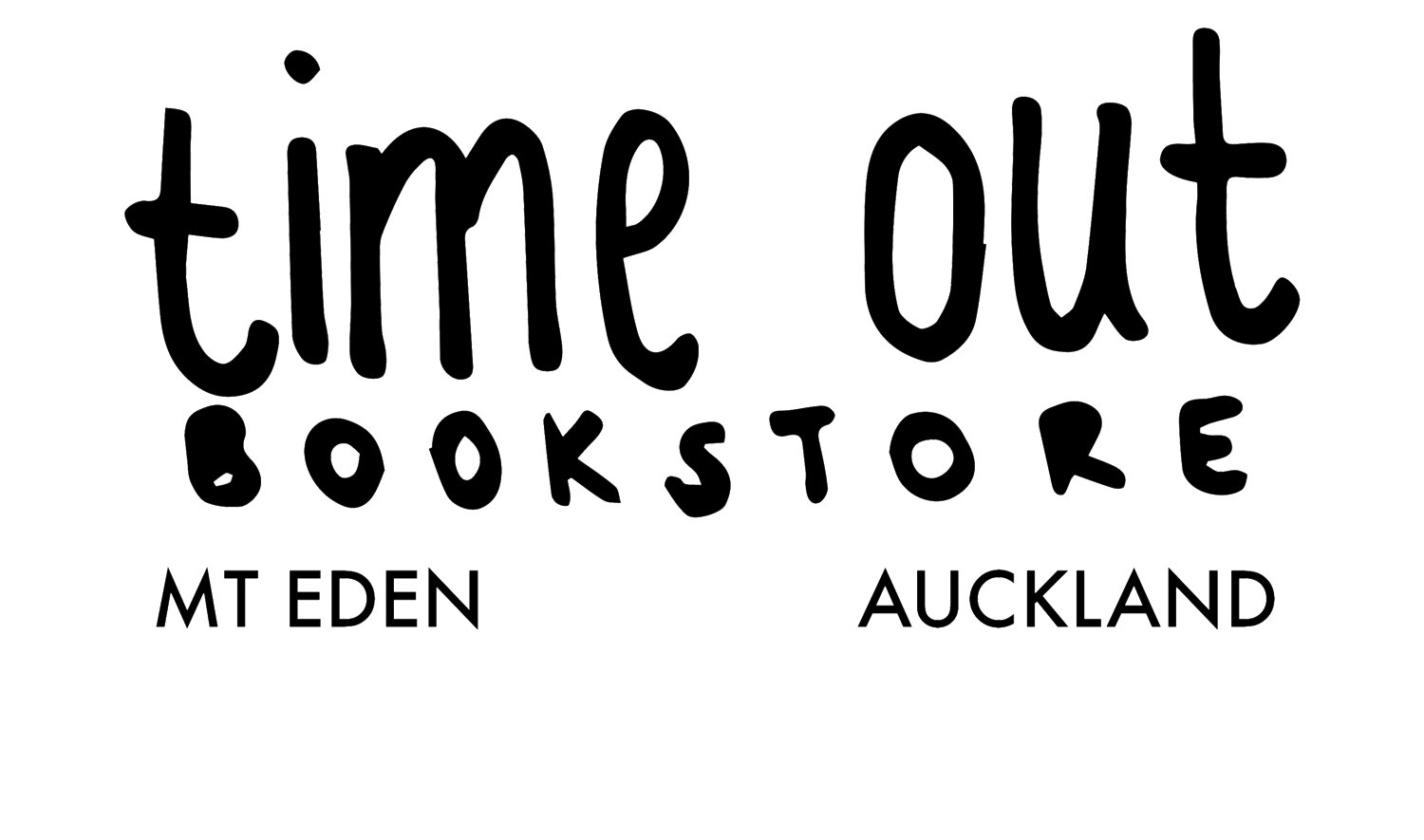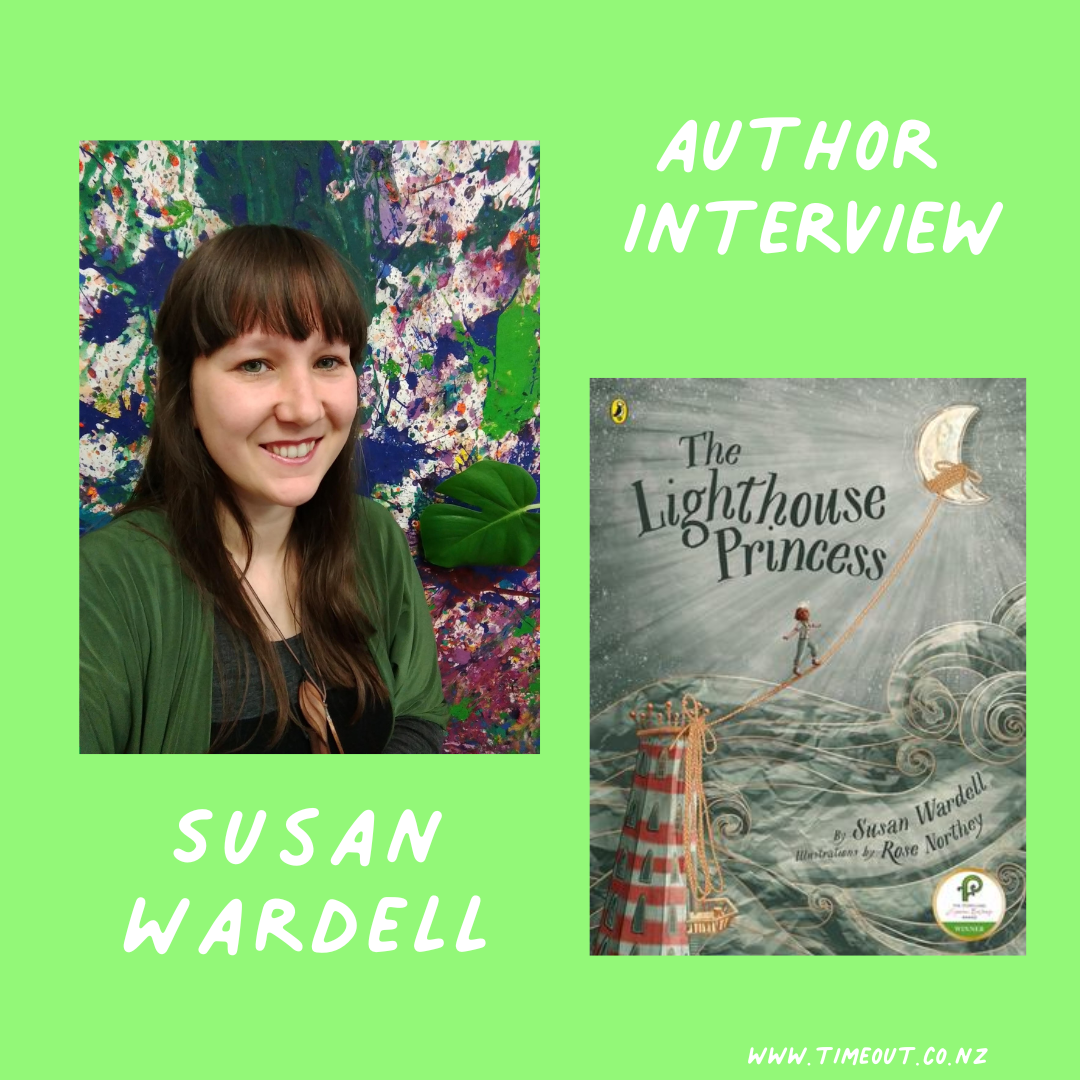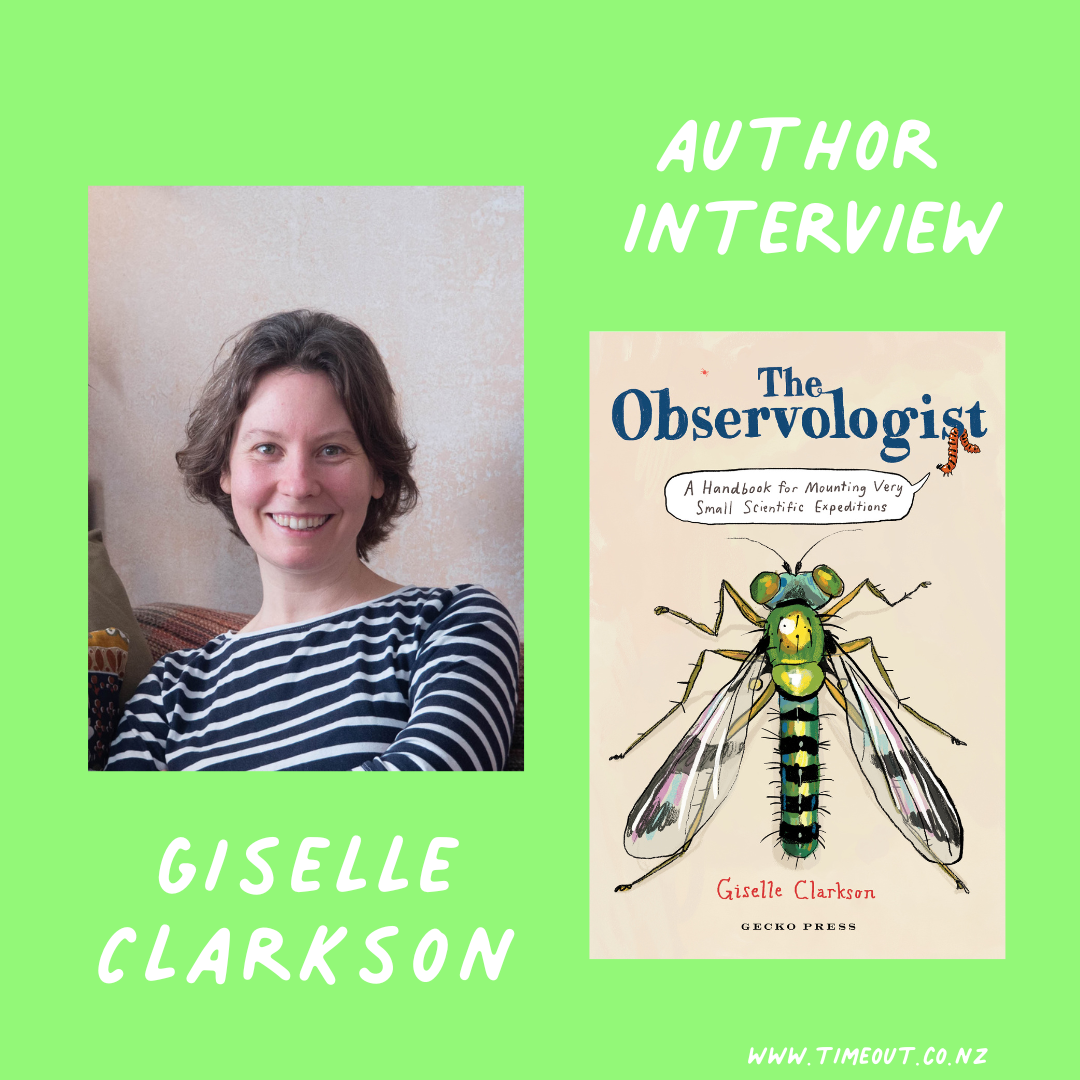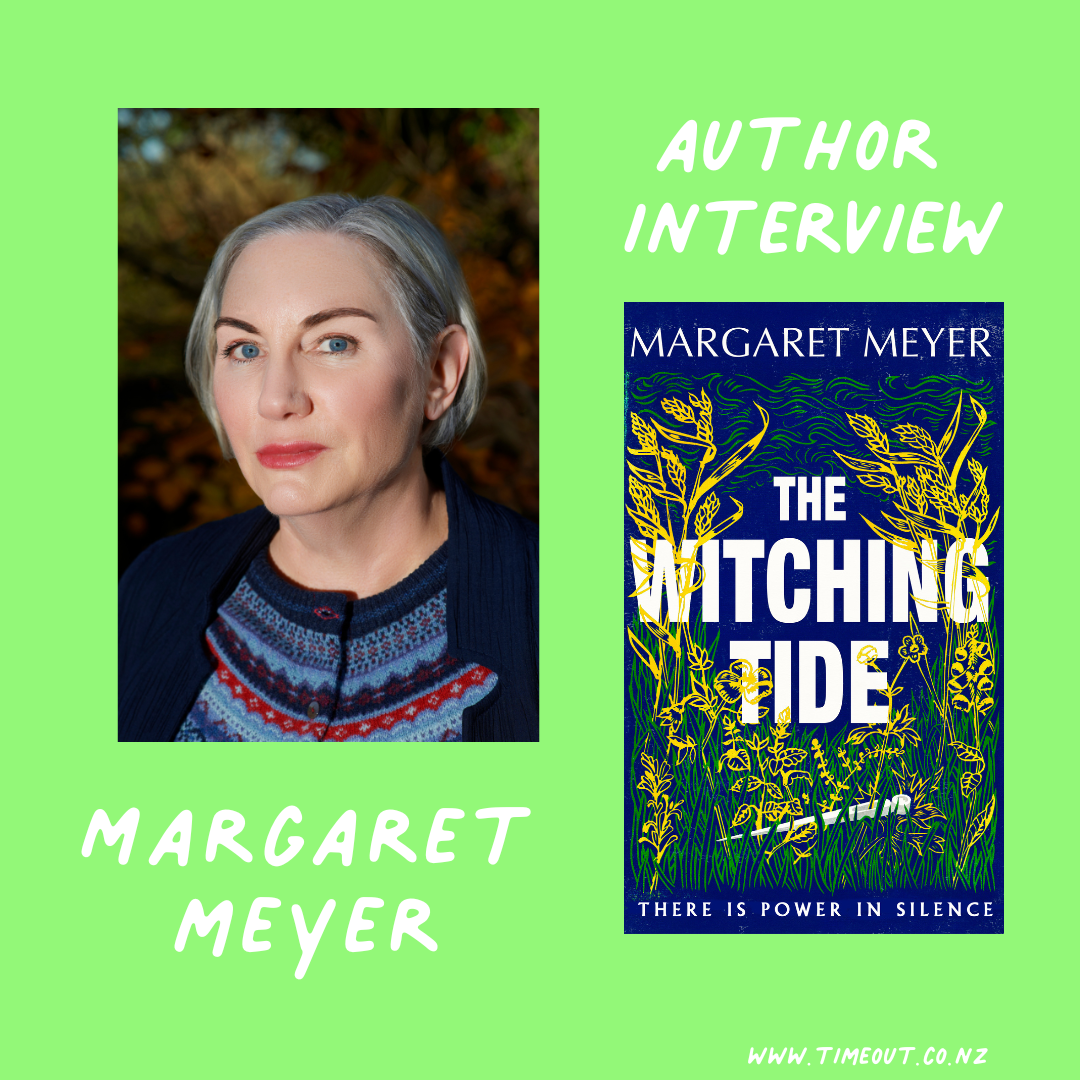Before Abby left Time Out for the dark side (publishing), she prepared these interview questions for Duncan Sarkie’s novel, Star Gazers.
Where did the idea to write about alpaca breeders come from?
A deep concern about the world we are currently living in. I could reference many aspects but the huge influence of unchecked capitalism on democracy sticks out, as does the consequences of greed. I chose to write about these issues through a microcosm. Alpacas are perfect for this: fluffy, odd-looking, smart but with very little agency on their futures, easy as a metaphor for other sectors of society in this messy world we are a part of. The small setting shifts it toward satirical comedy, which is a great medium for dissecting what is happening without readers feeling lectured to. It's a fine balance.
I love that you worked with a dramaturg on this novel - at what point did you decide you wanted to work with Miranda, and what was that process like?
Miranda Manasiadis is an old friend, who I always have great creative conversations with. She knows how to interrogate what a writer is doing, how to push them to get more out of moments, and she understands the psychology of the artist. I needed to be challenged and I needed to push beyond my well-worn grooves. The process was brilliant; I am very lucky.
There's a glossary of pretty hilarious alpaca-related terms in the front of the book - were there any that you didn't end up using?
I left out some technical ones because I didn't want to bore the reader. I kept the salacious ones. My two favourites are orgle and pronk (as will be referenced in the next question). Pronking is running and jumping with all four legs off the ground simultaneously, something I should do more often. Orgling is the sound a male alpaca makes when mating. In Star Gazers the orgling that happens is done by humans. You'll need to read it, just for those scenes!
I need to know the story of the band that played at your launch, Orgle and Pronk.
I named the band for reasons that are confidential. I asked my friends Sean O'Brien and Wade Reeve to play a song called 'Animals' by Talking Heads. The song is deranged, featuring lyrics like 'Animals think they understand / Trusting them, a big mistake / Animals want to change my life / I will ignore animals' advice!'
There's a pretty comprehensive reading/watch/listen list at the back of the book that helped you write. Can you give us some of your favourites from that list, and why they inspired you?
So many to choose from. Because you are a bookstore I'll focus on some books: The Dark Dark by Samantha Hunt is an incredible book of short stories, so wild and poetic and deep and knotty. One story is about a woman who becomes a deer, so that one helped me, alongside the first 50 pages of the book of 2001: A Space Oddysey by Arthur C Clarke, which is a great read for anyone that has already seen the movie. Towards the end of my writing process I read Doppelganger by Naomi Klein and learned so much about how powerful forces have stolen the language of the victimised and used it to further their own narratives. This book is largely about language and is disturbing and fascinating in equal measure. Star Gazers has a Doppelganger storyline of it's own, featuring an alpaca called Sir Kenneth and... stop! No spoilers. Read the book and find out.
If you were a bookseller, how would you sell your book to a potential reader?
You need to read it because it speaks to the world you are living in right now. It has voting scandals, media threats, activists under pressure, winning at all costs skullduggery, weak liberals failing to stand up for their beliefs, people living in glasshouses throwing stones. It has a lot of baking, some sex noises and a scene involving ice cubes that will be hard to get out of your mind. Oh, and yes, the alpacas are cute.
What is your favourite snack to enjoy while writing?
Tamari almonds and toasted sandwiches.
Listen to Abby’s review on 95bFM here.





















